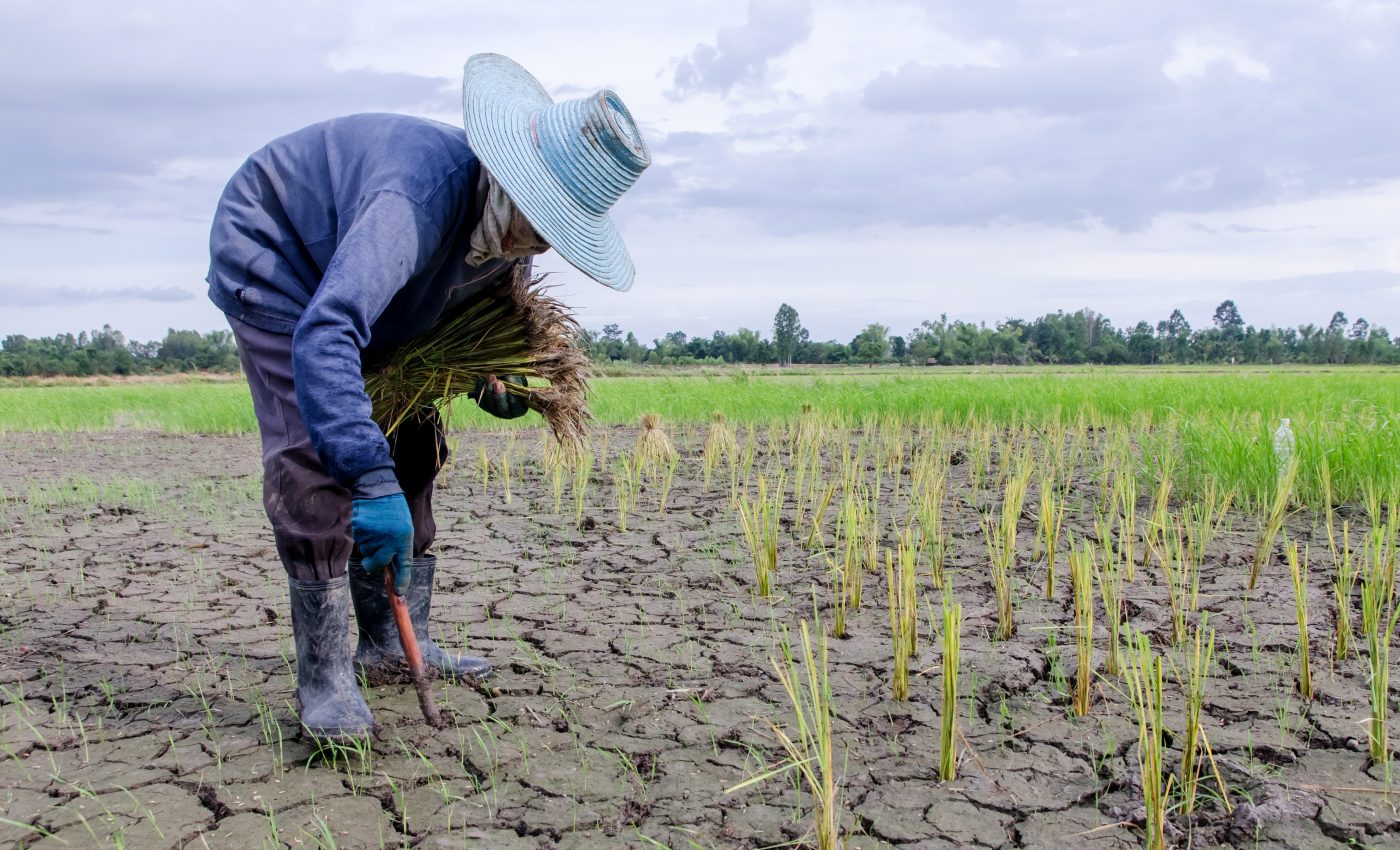
Latest climate models show more intense droughts ahead
Latest climate models show more intense droughts ahead. Experts at the University of New South Wales have found that droughts are set to further intensify as climate change alters rainfall patterns.
Based on new climate models from the ARC Centre of Excellence for Climate Extremes, the researchers found that droughts will become longer and more frequent in some regions, and more intense in all regions.
Even in areas like central Europe where more rainfall will lead to fewer dry spells, droughts will be stronger when they do occur, according to the study authors.
The researchers used the latest generation of climate models (CMIP6) to estimate the extent of fluctuating rainfall patterns and subsequent drought.
“We found the new models produced the most robust results for future droughts to date and that the degree of the increase in drought duration and intensity was directly linked to the amount of greenhouse gases emitted into the atmosphere,” said lead author Dr Anna Ukkola.
“There were only slight changes to the areas of drought under a mid-range emissions scenario versus a high-emissions pathway. However, the change in the magnitude of drought with a higher emissions scenario was more marked, telling us that early mitigation of greenhouse gases matters.”
In many previous studies, projections of future droughts were based solely on average rainfall. This type of research is limited because it fails to account for rainfall variability, which is increasing alongside global warming.
By combining metrics of average rainfall and rainfall variability, the current study offers new clarity on upcoming climate-related shifts in the intensity and duration of droughts.
The researchers found that the duration of a drought is strongly tied to changes in the average amount of rainfall, while the intensity of a drought is more closely linked to rainfall variability.
The experts determined that regions with declining average rainfall like the Mediterranean, Central America, and the Amazon will experience longer and more frequent droughts. Meanwhile, regions such as boreal forests are expected to experience higher average rainfall and shorter droughts.
When it comes to drought intensity, however, increasing rainfall variability will drive more severe droughts regardless of average rainfall. Alarmingly, the researchers were unable to locate any region that showed a reduction in future drought intensity.
“Predicting future changes in drought is one of the greatest challenges in climate science but with this latest generation of models and the opportunity to combine different drought metrics in a more meaningful way we can gain a clearer insight into the future impacts of climate change,” said Dr. Ukkola.
“However, while these insights grow clearer with each advance, the message they deliver remains the same – the earlier we act on reducing our emissions, the less economic and social pain we will face in the future.”
The study is published in the journal Geophysical Research Letters.
—
By Chrissy Sexton, Earth.com Staff Writer













